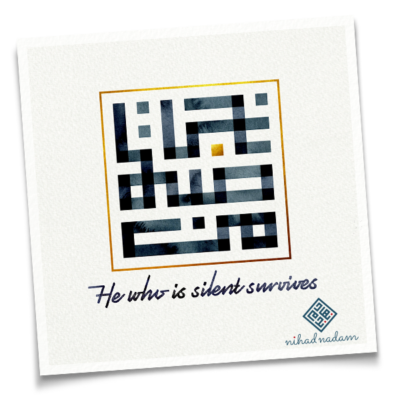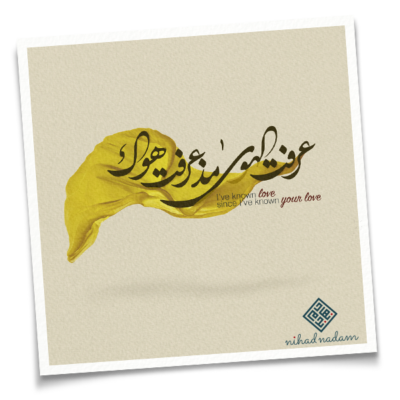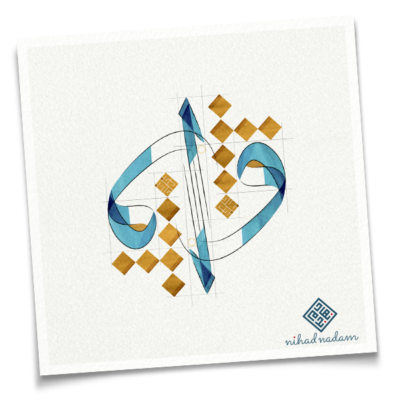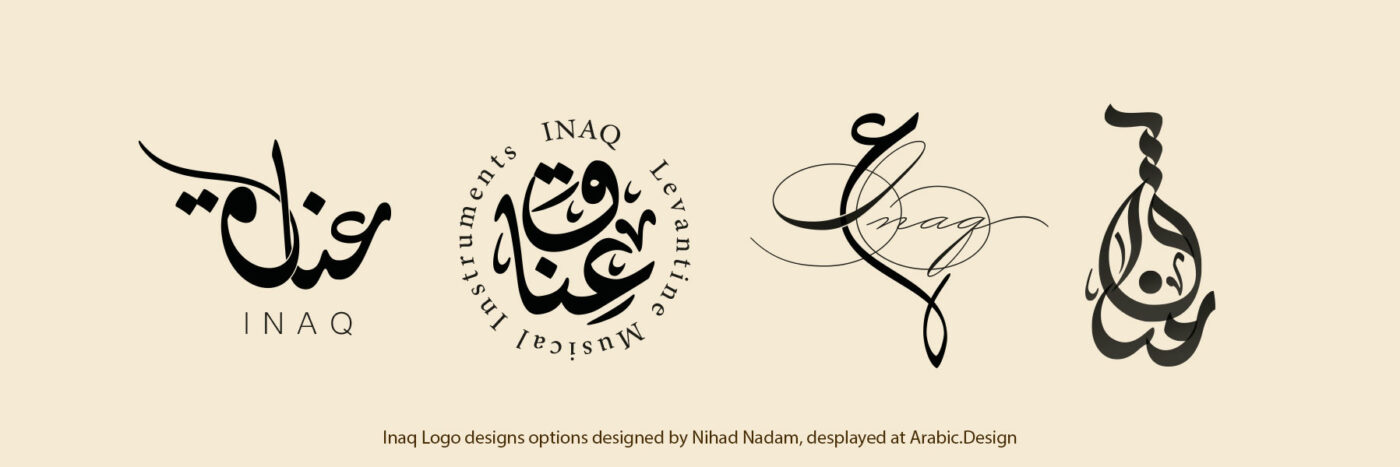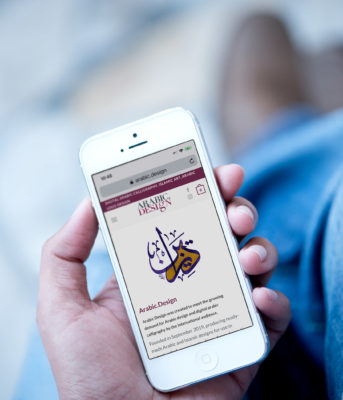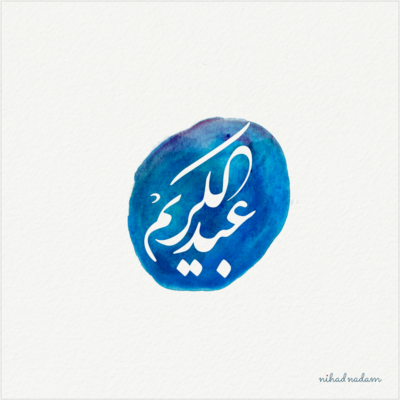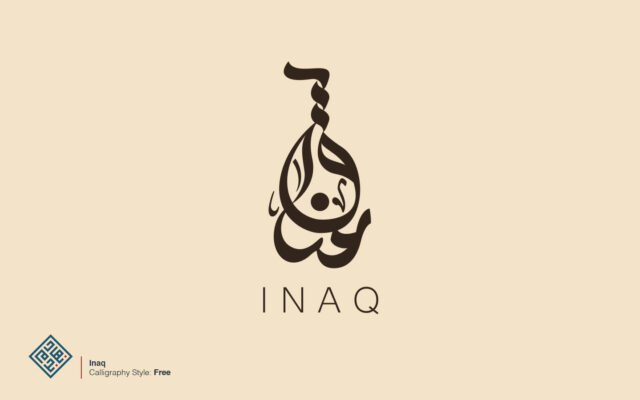Digital Arabic Calligraphy Artist – Nihad Taisir
Arabic calligraphy is evolving. What was once confined to paper and ink has found its way into digital tools, modern design systems, and global platforms. But as with any art rooted in culture, the digital transition raises important questions: What is preserved? What is lost? And who shapes the next chapter?
I’m Nihad Taisir, a digital Arabic calligraphy artist based in the UAE. Over the past two decades, I’ve worked at the intersection of Arabic calligraphy, design, and technology. My goal is not to replicate tradition but to understand it deeply, then extend it with precision and respect into the digital world.
Why Digital Arabic Calligraphy Matters
Designers today have thousands of fonts at their fingertips. But Arabic calligraphy is not typography. It is visual language. It follows logic, proportion, rhythm, and context. In digital environments, that structure often gets flattened or distorted.
Using digital Arabic calligraphy restores clarity and control to Arabic design. Whether it’s for branding, editorial, UI/UX, or motion graphics, having tailored, well-drawn calligraphy improves both the aesthetic and functional integrity of Arabic text.
Learn more: Arabic Calligraphy vs Fonts – A Technical and Aesthetic Comparison
What Makes a Digital Arabic Calligraphy Artist Different?
Not every designer can work with Arabic calligraphy, and not every calligrapher understands design systems. This field requires both:
-
Knowledge of classical calligraphy principles
-
Technical ability in vector design and modern tools
-
Cultural sensitivity to how Arabic reads visually and emotionally
Many fonts fail to reflect the spirit or rules of the script. As I explained in this article, even the form of a single letter like “ba’” can make or break the entire word.
My Experience
I’ve collaborated with cultural foundations, startups, government entities, and global brands. A few highlights:
-
Designed visual identities using Arabic calligraphy for universities, restaurants, wellness brands, and apps
-
Created original type-based logos for both digital and print
-
Developed layout systems that integrate calligraphy into branding and editorial design
-
Built the first digital tool for Arabic calligraphy, featured in Forbes Middle East
Tools, Not Templates
A major distinction in my approach is that I don’t rely on templates or generic fonts. Each word is drawn from scratch, respecting the harmony of letters, negative space, and context. I use a mix of custom-built tools, design software, and calligraphic logic to arrive at clean, scalable, and expressive results.
Explore the topic deeper: Arabic Calligraphy in Design
Use Cases for Digital Arabic Calligraphy
Digital Arabic calligraphy plays a role in:
-
Logo design (corporate, cultural, or personal brands)
-
Visual identities
-
Packaging and product design
-
Arabic typography for UI/UX
-
Event and editorial graphics
-
Cultural and heritage projects
Each use requires a different stylistic and functional approach. Choosing calligraphy over fonts is not about nostalgia. It’s about precision.
Cultural Integrity in the Digital Age
We live in a time when generative AI can draw anything. But when it comes to Arabic, AI still struggles with structure, ligatures, and meaning. Algorithms miss what context teaches: proportion, rhythm, and cultural cues.
That’s why digital Arabic calligraphy artists play a critical role. We act as translators between heritage and interface, between emotion and vector.
Want to Commission Custom Work?
While this page is primarily informative, I do offer digital Arabic calligraphy services through my portfolio or Arabic.Design. You can explore examples, request commissions, and get in touch there.
Related Articles
Arabic Calligraphy vs Fonts – A Technical and Aesthetic Comparison
Arabic Calligraphy in Design
Arabic Calligraphy vs Fonts: The “Ba” Letter
Arabic Digital Calligraphy and the Role of the Calligrapher
